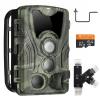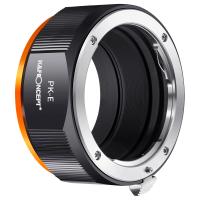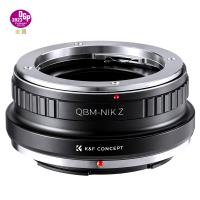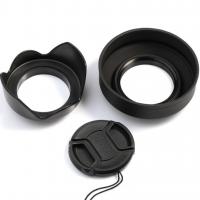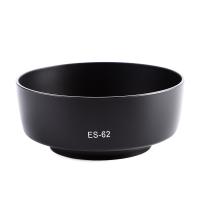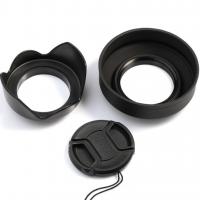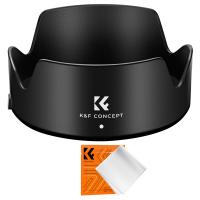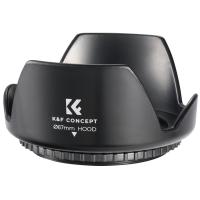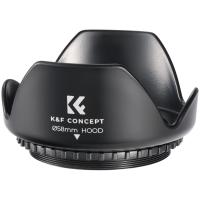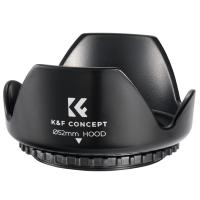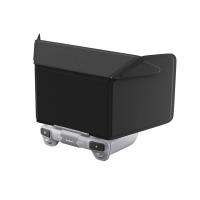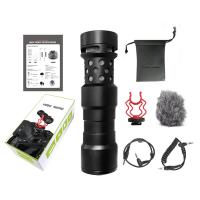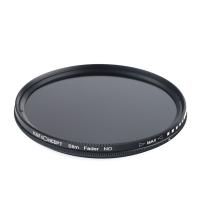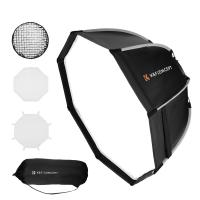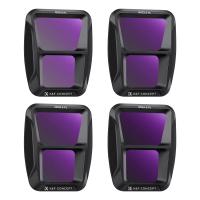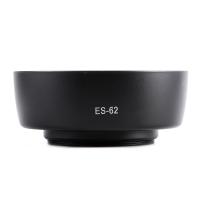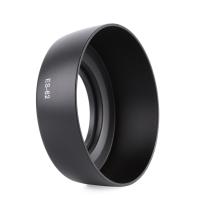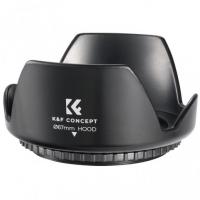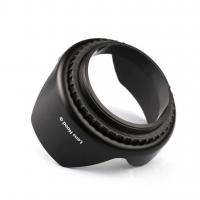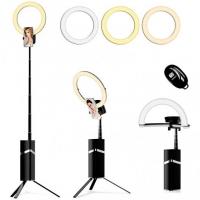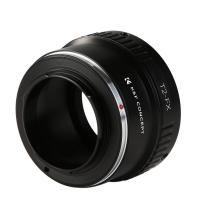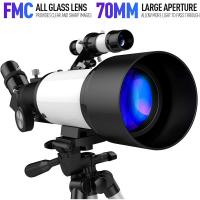What Does A Bayonet Lens Hood Do?
A bayonet lens hood is an essential accessory for photographers, designed to enhance the quality of their images by addressing several common issues. In this article, we will delve into the various functions and benefits of a bayonet lens hood, providing a comprehensive understanding of why this tool is indispensable for both amateur and professional photographers.
Understanding the Bayonet Lens Hood
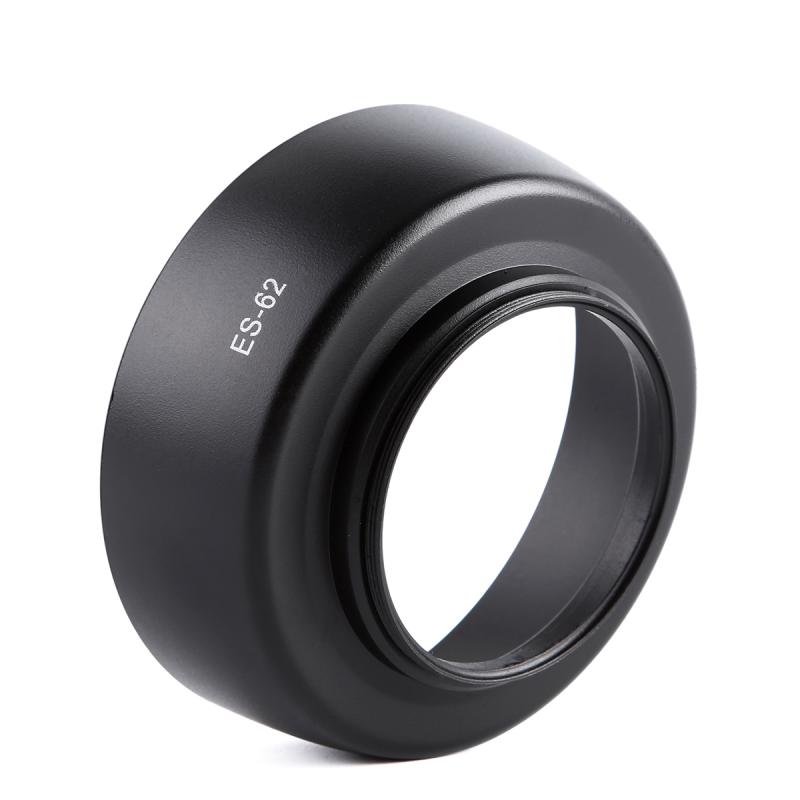
A bayonet lens hood is a cylindrical or petal-shaped attachment that fits onto the front of a camera lens. The term "bayonet" refers to the type of mount used to attach the hood to the lens, which typically involves a simple twist-and-lock mechanism. This design ensures that the hood is securely fastened and can be easily removed or attached as needed.
Primary Functions of a Bayonet Lens Hood
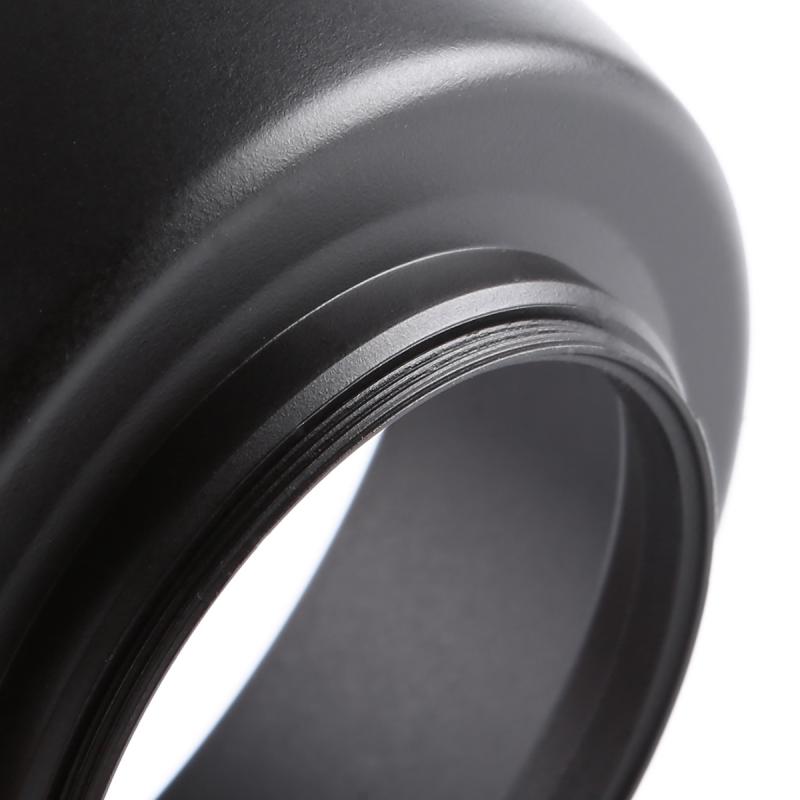
1. Reducing Lens Flare and Glare
One of the primary functions of a bayonet lens hood is to reduce lens flare and glare. Lens flare occurs when stray light enters the lens and reflects off the internal elements, creating unwanted artifacts and reducing contrast in the image. By blocking this stray light, the lens hood helps to maintain the integrity of the image, ensuring that colors are more vibrant and contrasts are sharper.
2. Improving Image Contrast and Color Saturation
By minimizing the amount of stray light that hits the lens, a bayonet lens hood can significantly improve image contrast and color saturation. This is particularly important in outdoor photography, where the sun or other bright light sources can easily cause washed-out images. The hood acts as a shield, allowing the photographer to capture more vivid and true-to-life colors.
3. Protecting the Lens
Another crucial function of a bayonet lens hood is to protect the lens from physical damage. The hood extends beyond the front element of the lens, providing a buffer against accidental bumps, scratches, and even light rain. This added layer of protection can be invaluable, especially when shooting in challenging environments.
4. Reducing Vignetting
Vignetting is a phenomenon where the corners of an image appear darker than the center. While this can sometimes be used creatively, it is often an unwanted effect. A well-designed bayonet lens hood can help to reduce vignetting by ensuring that the light entering the lens is more evenly distributed.
Types of Bayonet Lens Hoods
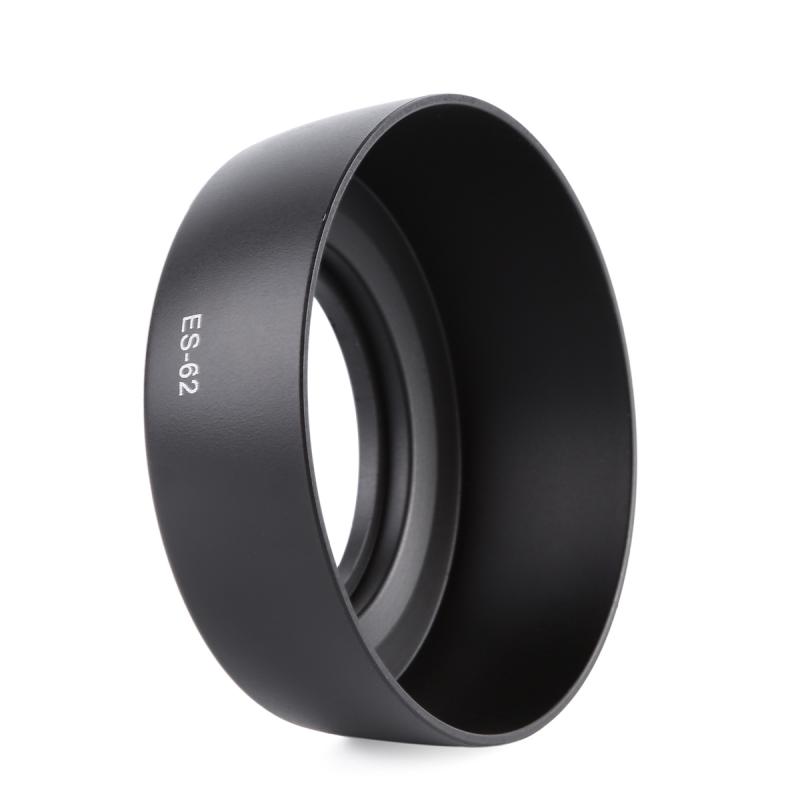
Bayonet lens hoods come in various shapes and sizes, each designed to address specific needs and types of lenses. The two most common types are:
1. Cylindrical Lens Hoods
Cylindrical lens hoods are typically used with telephoto lenses. Their simple, tube-like design is effective at blocking stray light without interfering with the field of view. These hoods are ideal for shooting distant subjects, such as wildlife or sports events.
2. Petal (or Tulip) Lens Hoods
Petal lens hoods have a more complex shape, with cutouts that resemble the petals of a flower. This design is particularly effective for wide-angle lenses, as it provides maximum protection against stray light while minimizing the risk of vignetting. Petal hoods are versatile and can be used in a variety of shooting scenarios.
Choosing the Right Bayonet Lens Hood
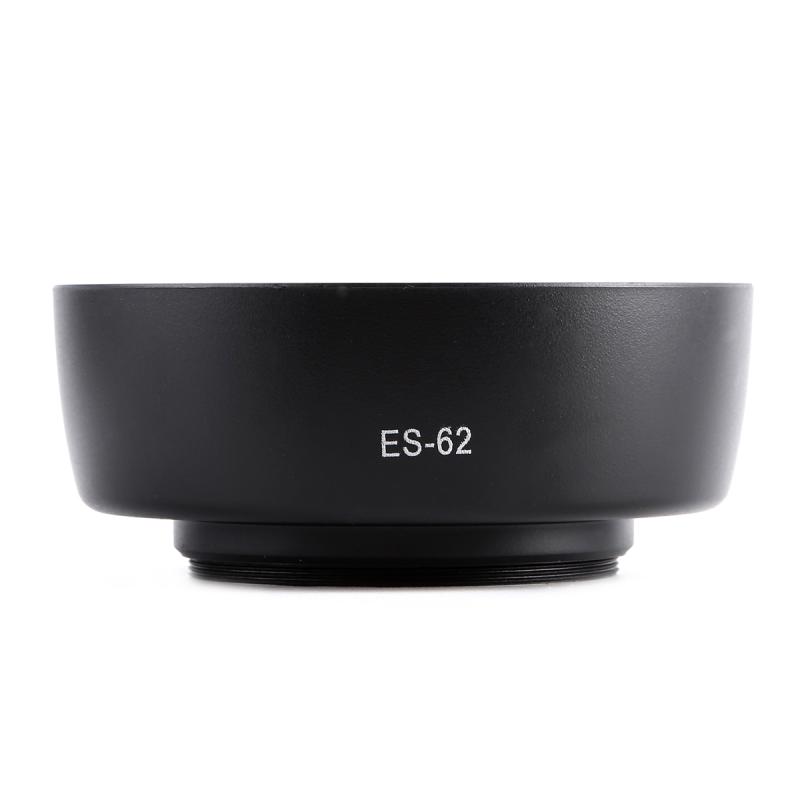
Selecting the appropriate bayonet lens hood for your lens is crucial to achieving the best results. Here are some factors to consider:
1. Compatibility
Ensure that the lens hood is compatible with your specific lens model. Most manufacturers produce hoods that are designed to fit their lenses perfectly, but third-party options are also available. Check the diameter and mounting type to ensure a proper fit.
2. Lens Type
Consider the type of lens you are using. As mentioned earlier, telephoto lenses typically pair well with cylindrical hoods, while wide-angle lenses benefit from petal hoods. Understanding the characteristics of your lens will help you choose the most effective hood.
3. Shooting Conditions
Think about the conditions in which you will be shooting. If you frequently shoot outdoors in bright sunlight, a lens hood with excellent flare reduction capabilities is essential. For indoor or low-light photography, the protective aspects of the hood may be more important.
Practical Tips for Using a Bayonet Lens Hood
To maximize the benefits of your bayonet lens hood, consider the following practical tips:
1. Always Use the Hood
Whenever possible, use the lens hood. Even in situations where flare and glare are not significant concerns, the hood provides valuable protection for your lens.
2. Check for Vignetting
When using a wide-angle lens, be mindful of potential vignetting. If you notice dark corners in your images, try adjusting the position of the hood or switching to a different type.
3. Clean the Hood Regularly
Keep your lens hood clean to ensure optimal performance. Dust and debris can accumulate on the hood, potentially affecting image quality. Regularly wipe it down with a soft, lint-free cloth.
4. Store the Hood Properly
When not in use, store the lens hood in a safe place to prevent damage. Many hoods can be reversed and attached to the lens for compact storage.
A bayonet lens hood is a simple yet powerful tool that can significantly enhance the quality of your photographs. By reducing lens flare and glare, improving contrast and color saturation, protecting the lens, and minimizing vignetting, a lens hood is an indispensable accessory for any photographer. Whether you are shooting landscapes, portraits, or action shots, investing in a high-quality bayonet lens hood will help you achieve clearer, more vibrant images. Remember to choose the right hood for your lens, use it consistently, and maintain it properly to enjoy its full benefits.

